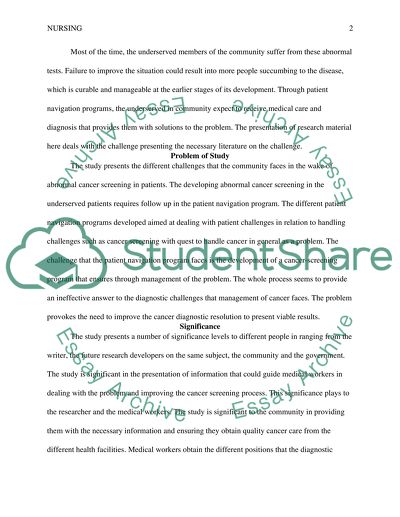Cite this document
(“Effectiveness of Patient Navigation Program For Underserved Patients Research Paper - 1”, n.d.)
Retrieved from https://studentshare.org/nursing/1664250-effectiveness-of-patient-navigation-program-for-underserved-patients-in-improving-diagnostic-resolution-after-abnormal-cancer-screening
Retrieved from https://studentshare.org/nursing/1664250-effectiveness-of-patient-navigation-program-for-underserved-patients-in-improving-diagnostic-resolution-after-abnormal-cancer-screening
(Effectiveness of Patient Navigation Program For Underserved Patients Research Paper - 1)
https://studentshare.org/nursing/1664250-effectiveness-of-patient-navigation-program-for-underserved-patients-in-improving-diagnostic-resolution-after-abnormal-cancer-screening.
https://studentshare.org/nursing/1664250-effectiveness-of-patient-navigation-program-for-underserved-patients-in-improving-diagnostic-resolution-after-abnormal-cancer-screening.
“Effectiveness of Patient Navigation Program For Underserved Patients Research Paper - 1”, n.d. https://studentshare.org/nursing/1664250-effectiveness-of-patient-navigation-program-for-underserved-patients-in-improving-diagnostic-resolution-after-abnormal-cancer-screening.


